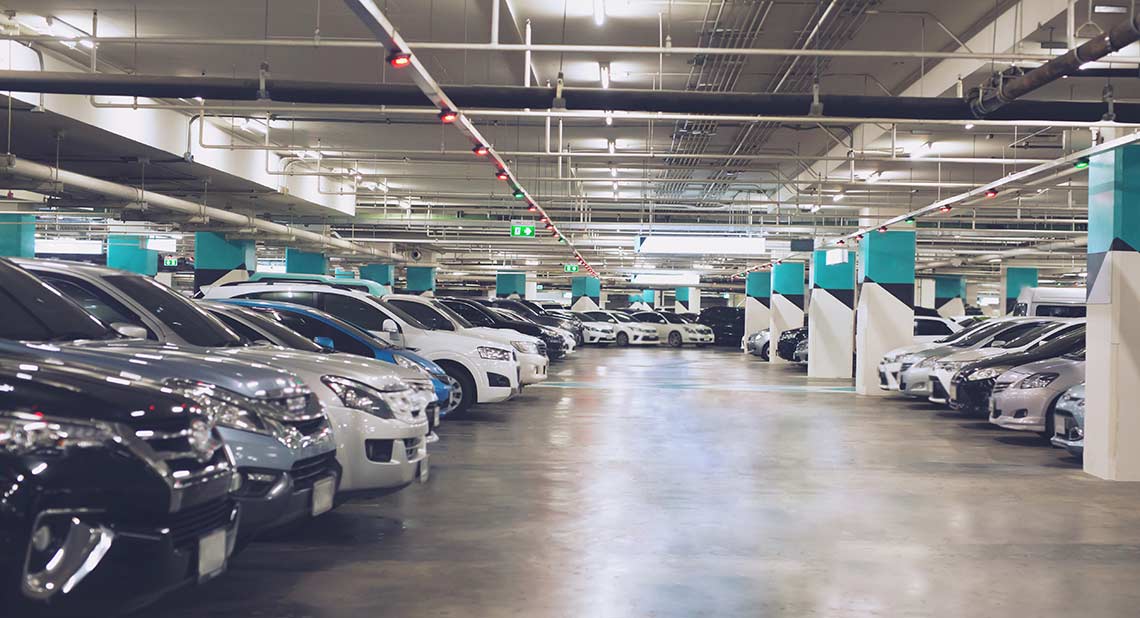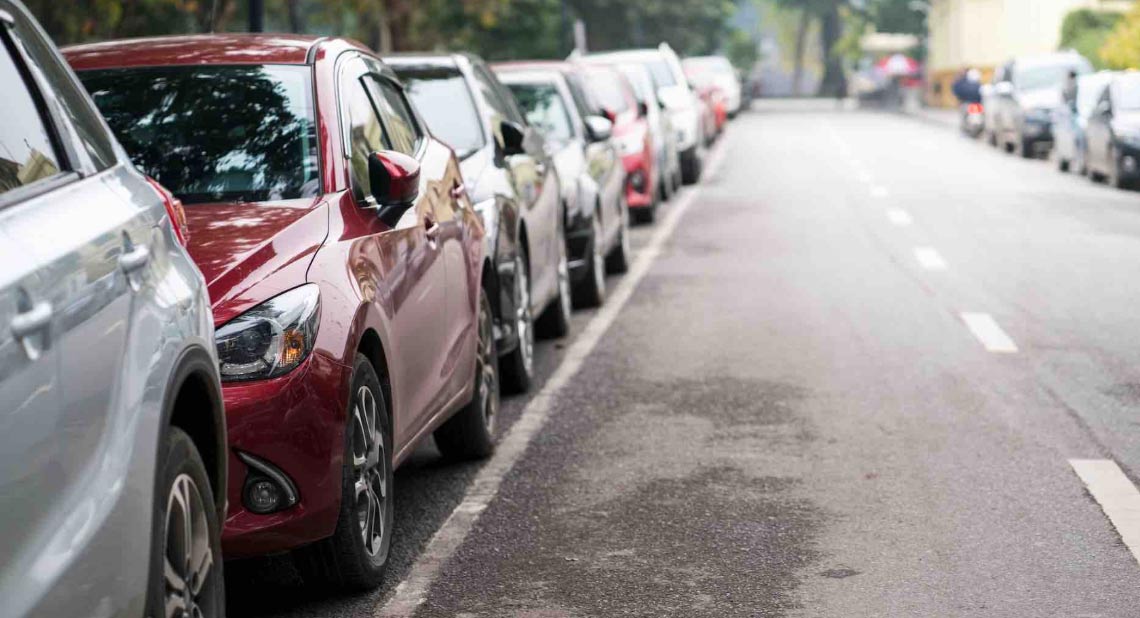Barrier-controlled parking systems are systems which require customers to interact directly with parking machinery in order to raise a barrier and gain access to the car park, and are most commonly found in multi-storey carparks and shopping centres, however, in this increasingly digital and automated age, where hands-free interactions are becoming common place, there is a growing trend towards barrier-free parking.
Barrier-controlled parking systems are popular with parking operators because it makes payment easy to collect. Nobody can leave the car park until they have paid for their parking, but the problem with this type of system is that congestion often occurs around the entrance and exit area. Even if drivers can enter and exit smoothly, traffic still tends to build up, and as soon as a user experiences a problem with their payment, drops their ticket, or the machine breaks, gridlock can occur throughout the car park and surrounding roads.
As a disabled driver I have always found barrier-controlled parking systems difficult to use as I struggle taking tickets and paying at machines. There have been some developments over the years, with the introduction of automatic number plate recognition (ANPR) systems and pay by phone, which have made my car parking experience easier. But, like many disabled drivers, I usually try to park on the street with my Blue Badge where there is no requirement to interact with any machines.
More on the latest technology
These are just a few ways that modern technology can aid mobility. For more on the latest news on cars, scooters, technology and trends explore our motoring section in news and views.
In this increasingly digital and automated age, where hands-free interactions are becoming common place, there is a growing trend towards barrier free parking. Here there are no barriers at the entrance or exit to the car park and drivers can just drive straight in without interacting with any machinery. This is in effect a hands-free system. Barrier-free parking is by no means a new concept, as pay-and-display car parks also do not rely on barriers to control who enters. However, the pay-and-display system is quite different to the latest barrier-free parking. This is because in pay-and-display car parks there is still a requirement to buy a ticket at a machine. Pay-and-display has also been difficult for some disabled drivers to use, not least because many of the payment machines are situated on plinths to protect them from being hit by passing motorists.
In the new barrier-free car parks, there is generally ANPR in place which detects who has entered and exited. In addition to this, there are other solutions which utilise near field communication tags (NFC), Bluetooth, mobile apps or dashboard services to link a user to a car park and generate a fee. Although parking may be barrier-free, there is usually the option to pay for your parking on-site at a payment machine, but there are generally web-based pre-and post-visit payment options too. Furthermore, use of ANPR means that frequent customers can register online and either purchase a parking season ticket or select to have their account debited automatically each time they use the car park. If you don’t pay for your parking in a specified time, you get a parking charge notice (PCN) through the post. This type of parking is a very similar experience to entering the London Congestion Charge Zone or crossing the Dartford bridge/tunnel. You don’t have to stop at a barrier, but instead your vehicle is detected, and you are charged a fee for the time that you have parked.
It is easy to see why barrier-free parking is a great solution for disabled drivers who struggle with standard parking machinery, as any requirement to interact with machines has disappeared. Like many other systems, everything can be done through a mobile phone. However, these new barrier-free parking systems are also better for everyone as they remove the need for people to predict how long they think they might park, reduce congestion and make parking quicker and simpler. A small number of parking operators have already introduced these systems, but it is expected that many others will follow in the future. This is just another example of how technology is helping to make a barrier-free environment for everyone.
Related articles
How vehicle on-board computers help you drive every day
How technology can help make driving easier for disabled motorists
Lane departure warning, driver alert systems and reversing cameras explained
![]()







